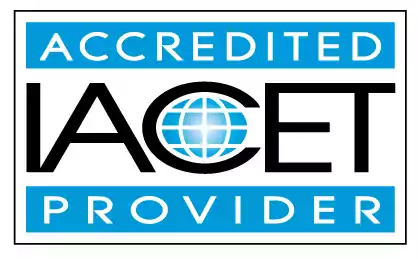Define and identify the components of developmentally appropriate practice
Define and identify the components of developmentally appropriate practice. Identify appropriate practices for children and demonstrate both the importance and benefits of these practices. This page focuses on early childhood education and child care centers, providing valuable information on the topic.Trainings incorporating this outcome
Age group
Proficiency Level
120 hours courses
Related Outcomes
- Define and identify the components of developmentally appropriate practice for children aged 2 to 5.
- Define and identify the components of developmentally appropriate practice
- Identify appropriate practices for identify and demonstrate an children: components of a lesson plan
- Define Developmentally Appropriate Practice
- Demonstrate understand developmentally appropriate practices for school-age children with developmental, emotional, cognitive, language and/or physical needs
- Demonstrate an understanding of developmentally appropriate practices for infants and toddlers with developmental, emotional, cognitive, language and/or physical needs.
- Identify appropriate practices for children.
- Identify appropriate practices for teacher- and child-directed activities.
- Identifies the components of appropriate supervision
- Identify appropriate practice for the identification, prevention, and treatment of communicable diseases in childcare.
- Identify appropriate practice for the identification, prevention, and treatment of communicable diseases and illnesses in child care setting
- Identify appropriate supervision practices for children during transportation and field trips.
- Define and identify common signs and behaviors of children and youth with developmental disabilities.
- Identify appropriate practices communicable diseases/illnesses and immunizations and their schedules in child care setting
- Identify the different types of portfolios used in child care programs, and the appropriate portfolio components for each type.
- Demonstrate understanding of developmentally appropriate practices for school-age children with various needs.
- Identify strategies to ensure appropriate infant and toddler supervision.
- Define sedentary activities, including screen time, and their impact and identify time limits per day
- Identify the components of: 1. Greeting and Departure 2. Feeding 3. Diapering and Toileting 4. Dressing 5. Sleeping
Related Articles
- Identifying Developmental Milestones in Children
- ASQ Online Developmental Screening for Enhanced Child Development
- How to Select Extracurriculars that Complement your Child’s Interests & Developmental Needs
- Documentation Dos and Don'ts: Best Practices in Medical Administration
- Every Child Matters: Practical Tips for a Safe and Inclusive Classroom
- Developmental Milestones of Children Ages 1-3
- How to Incorporate Fine Motor Skills Practice Into Daily Activities
- Understanding Developmental Milestones in Spanish
- Safe Sleep Practices for Infants and Toddlers: Protecting Little Lives
- Creating a SIDS-Safe Environment: A Practical Checklist for Your Facility
- Cross-Cultural Toilet Training Practices
- Business Practices and Policy
- Developmental Progression
- Child Care Provider Training in Supporting Breastfeeding Practices
- Supporting Breastfeeding Practices in Child Care Training for Daycare Centers
- The Role of Safe Sleep Practices in Reducing SIDS Risk
- Emergency Preparedness in Childcare: Creating and Practicing Safety Protocols
- Can the 45-Hour Growth and Development Course Transform Your Teaching Practice?
- Mastering DAP: Key Practices for Early Childhood Educators
- Don’t Miss Out: $195 in Expiring Coupons Just 30 Days Left!
 12 CEUs
12 CEUs